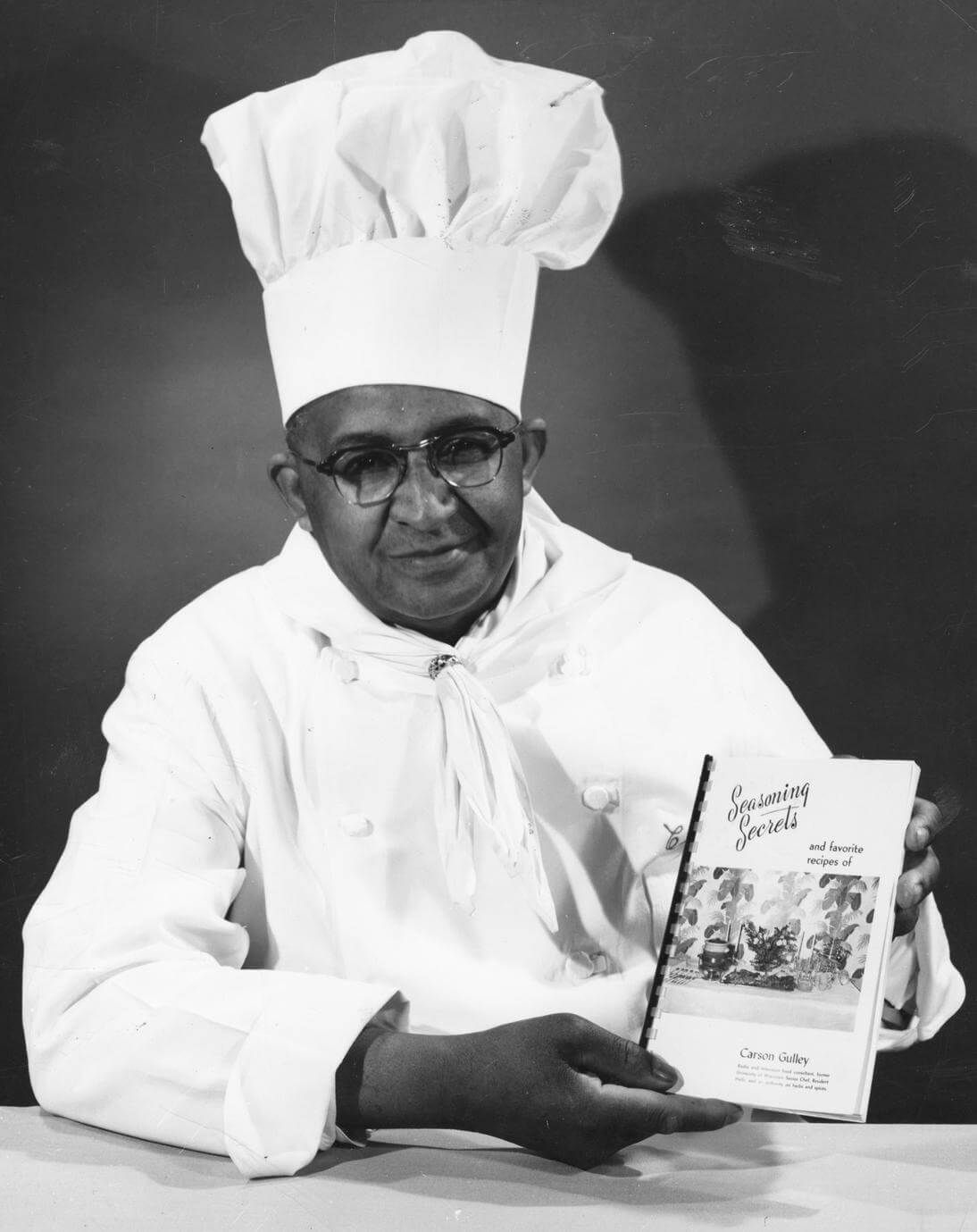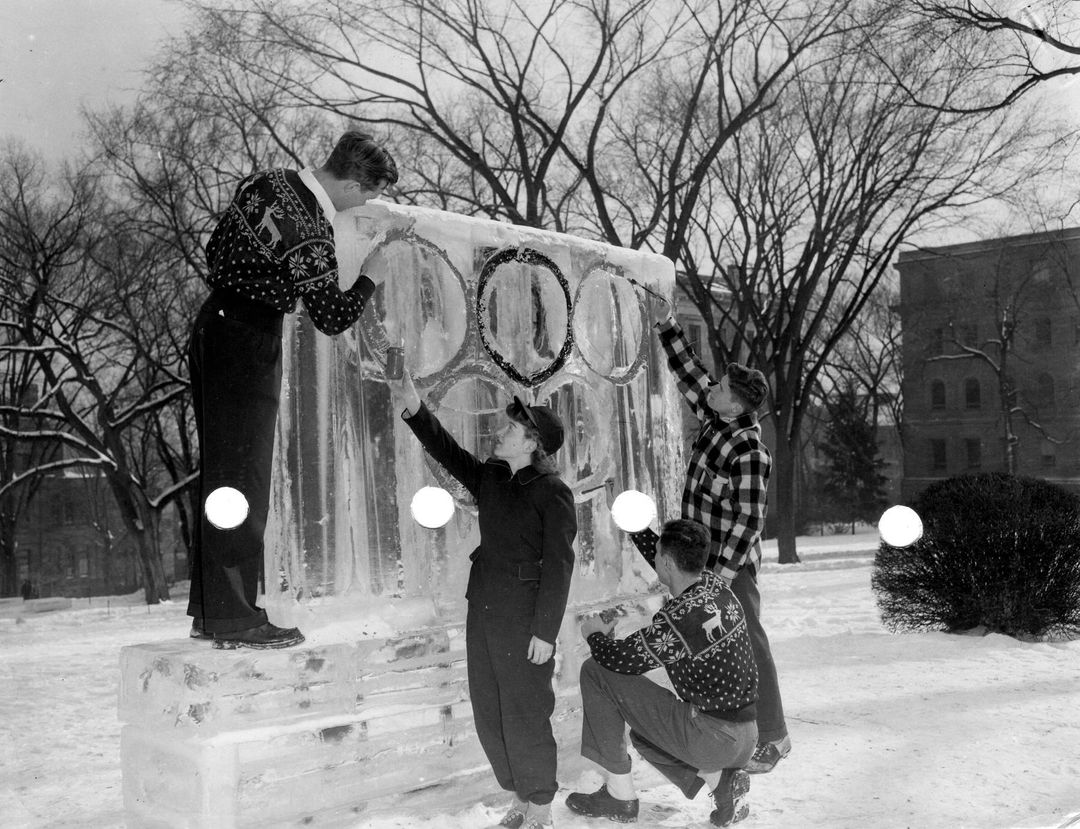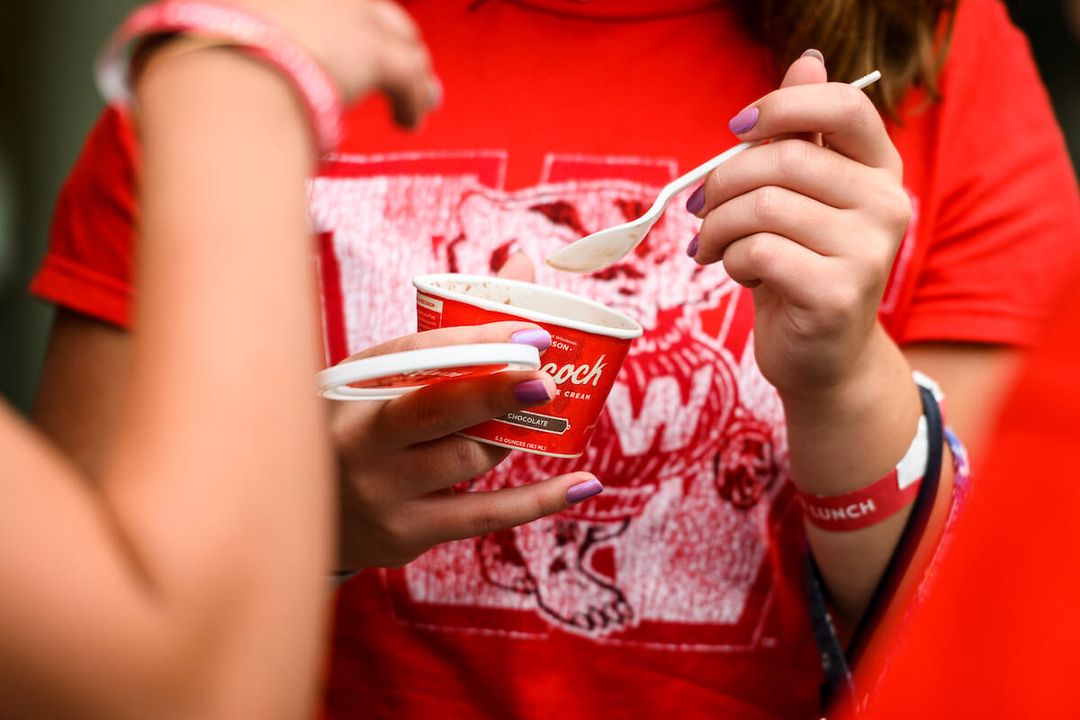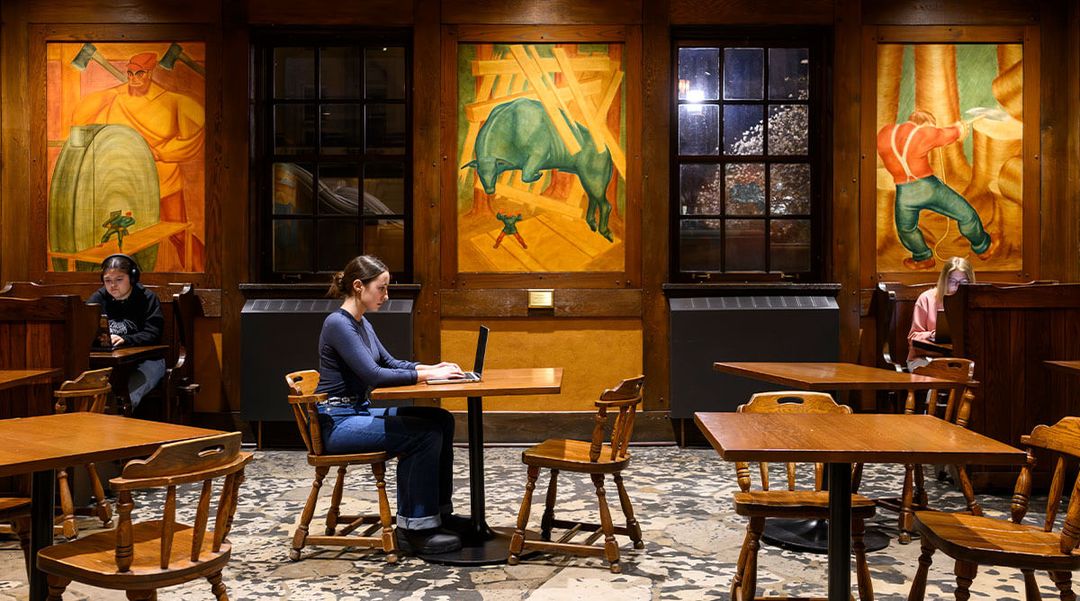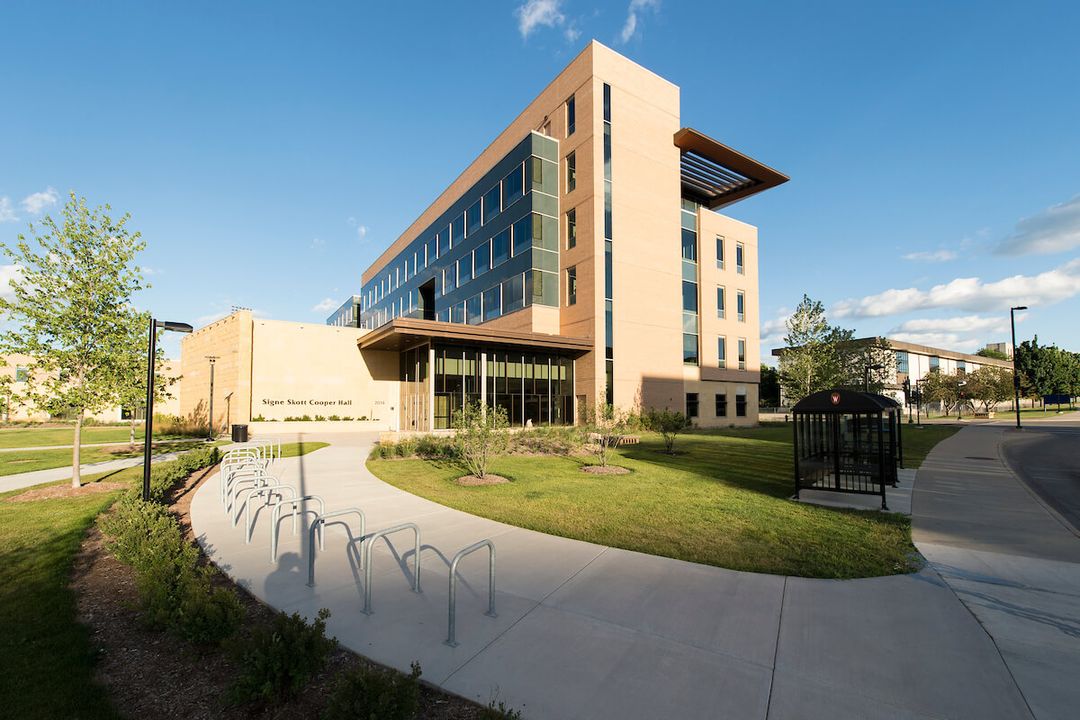Shouldn’t chefs be at the top of the list of things we’re thankful for around Thanksgiving? As Carson Gulley wrote in his cookbook, “Food is the nucleus of life itself, and the preparation of food, therefore, is one of the most important occupations in all human endeavors.”
For those of you who don’t know, Carson Gulley was Madison’s first celebrity chef, a dedicated teacher, and head chef at the UW, as well as a civil rights pioneer. As if that’s not enough of a claim to fame, he also developed the UW’s beloved fudge-bottom pie.
Gulley’s celebrity status in 1950s Madison grew with the publication of his cookbook, Seasoning Secrets. He became a sought-after speaker and radio show guest, and he even had his own cooking show aired on WMTV called What’s Cookin’. Thanks to Gulley’s large media presence — and the UW Archives — we still have access to his culinary knowledge through copies of his cookbook and recordings of his radio segments.

So, let’s talk turkey with Carson Gulley based on his 1948 radio interview with host Aline Hazard on WHA 970 AM. (For any vegans or vegetarians reading this, Gulley does not mention any tofurkey substitutes. Alternatives to a traditional turkey back then were ham, duck, or goose.) As you prep your feast this year, here are six tips from the master himself.
- Keep your meal perfectly simple.
“I do not believe in garnishing food. I don’t think there’s anything on Earth that looks anything better than a perfect dish of well-cooked food. A turkey browned to perfection is beautiful enough.”

- Clean your bird thoroughly.
“[Baking soda] is the only cleansing agent that can be used to successfully clean the bird. You cannot use soap and it should be moist first, and then rubbed with soda and washed under running water.”
- Don’t sacrifice taste just to save time.
“I would not advise anyone to prepare the turkey for cooking the day before. I do feel that everybody wants fresh food on Thanksgiving or Christmas Day, and to cook dressing and stuff it into a turkey the night before, some chemical changes might take place. So, I’m glad to go on record, even though I’ve been severely attacked about it, in saying the turkey should be prepared the day it is to be cooked.”
- Use Gulley’s classic recipe for stuffing a 16-pound turkey.
- 4 quarts of dry, cubed bread
- 4 cups of thinly sliced celery
- 4 cups of thinly sliced onions
- 1 tablespoon of sage
- 4 teaspoons of salt
- 1 teaspoon of white pepper
- 2 cups of butter or chicken fat
- 4 cups of stock
“Sauté the onions and celery in the fat until translucent or soft. Add the stock and the sage and fold it into the bread and stuff it into your bird the day that you’re going to cook the turkey as hot as you can get it into the turkey. It eliminates the cooking time and comes out fluffy and fresh.”
- Give the bird a nice coat of oil and flour to ensure a crispy exterior.
“Dredge the bird in flour, and oil it well with good fat of some kind. If you have any fat in the bird, or if you have some duck or goose fat or chicken fat, that’s good fat to use. And if not, butter. But the bird should be well-oiled and dusted with flour.”

- No need to baste or add water; just get it in the oven.
Plan to bake a 12-pound turkey for about three hours. Start it off at 350 degrees to get a nice brown color on the turkey, then reduce the temperature to 300 degrees. “It’s no use to add water or cover the bird. Put it on a shallow cookie sheet if that’s all you have and cook it at 300 degrees and there is no danger. At 300 degrees, it will give you a nice brown, juicy bird.”
Further instructions, illustrations, and more vintage recipes can be found in the poultry cooking section of Seasoning Secrets. If you’d like to learn more about Gulley’s struggles and triumphs throughout the first half of the 19th century, his life story is beautifully told in “The Life & Times of Carson Gulley,” produced by UW Housing.
Now, go do Chef Gulley proud this Thanksgiving!
